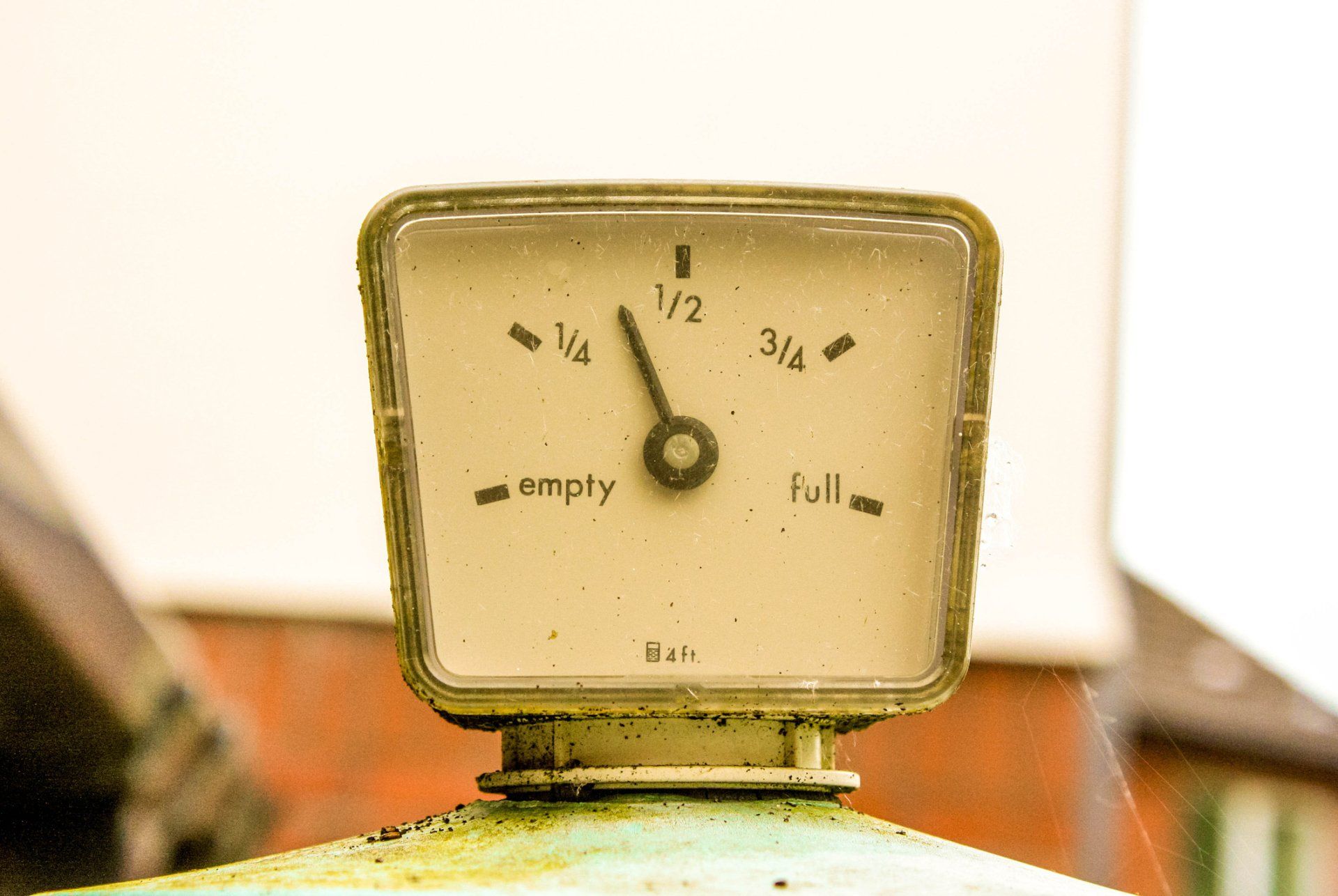Heating Oil Use and Measurement 101

Oil-burning heat is efficient, reliable, and cost-effective for most homeowners. However, unlike natural gas and electric, the heating source doesn't have a consistent supply of fuel. Your heating installation and supply contractor has installed a storage tank on your property and will fill the tank with heating oil as you need it.
You determine your heating oil needs by monitoring the oil level in the tank. Understanding how you do this is a key first step to keeping your home warm through the winter months. Here is a look at what you need to know about your home's heating oil supply management.
How Can You Monitor Your Heating Oil Level?
You monitor the oil level differently depending on the type of storage tank that is placed on your property. The gauge fitted on an above-ground storage tank tells you how much oil is in the tank in real-time readings.
Underground storage tanks require more specialized understanding. You physically measure the amount of oil in the tank using a large stick or similar tool. The readings marked on the stick tell you the depth of the oil, and a conversion table from your oil supplier tells you how much oil exists in gallons.
How Do You Read an Above-Ground Tank Gauge?
The gauge on an above-ground oil tank resembles a large outdoor thermometer, only it is measured in percentages of the tank. A floating bar on the gauge sits in the tank, extending near the bottom of the tank. The top of the floating bar attaches to the plastic gauge placed on top of the tank itself.
The gauge you see at the top of the tank displays the oil level. You can use this gauge see how much is in the tank at a glance. Your oil supplier provides a recommendation to schedule delivery when your tank reaches one-quarter full or another specific reading. This allows for the delivery time without running out of oil.
Check the gauge reading immediately after every fill to be sure that it measures correctly. If the gauge is stuck or not giving a clear reading, it may need replacement.
How Do You Read the Oil Level Without a Gauge?
You can also read the oil level of a gauge-less tank using a large stick, much like when you check the oil in your car with a dipstick. This is helpful when your tank gauge isn't working on an above-ground tank,
Start by finding a pole that's taller than your tank, including the filler neck. Stand the pole up next to the tank and mark the bottom of the filler neck on the stick so you know exactly how tall the tank's storage reservoir is.
Clean the stick, then place it inside the filler opening to measure the oil level. Remove the stick and look closely at where the wet oil line falls. That is how much oil is left in your tank. You can mark your stick according to inches or according to tank volume.
Your oil tank supplier may give you a conversion chart that tells you how many gallons of fuel you have left based on how many inches of fuel are present in the tank. They also provide recommendations for when to call for delivery based on how much is left in the tank. You can also do the math yourself based on the size of your tank.
A lack of oil results in freezing temperatures and possibly frozen pipes in your home. Use these tips to check the oil level on your property no matter what type of tank you have. Work with a heating oil company like us at Biltmore Oiltoday.

